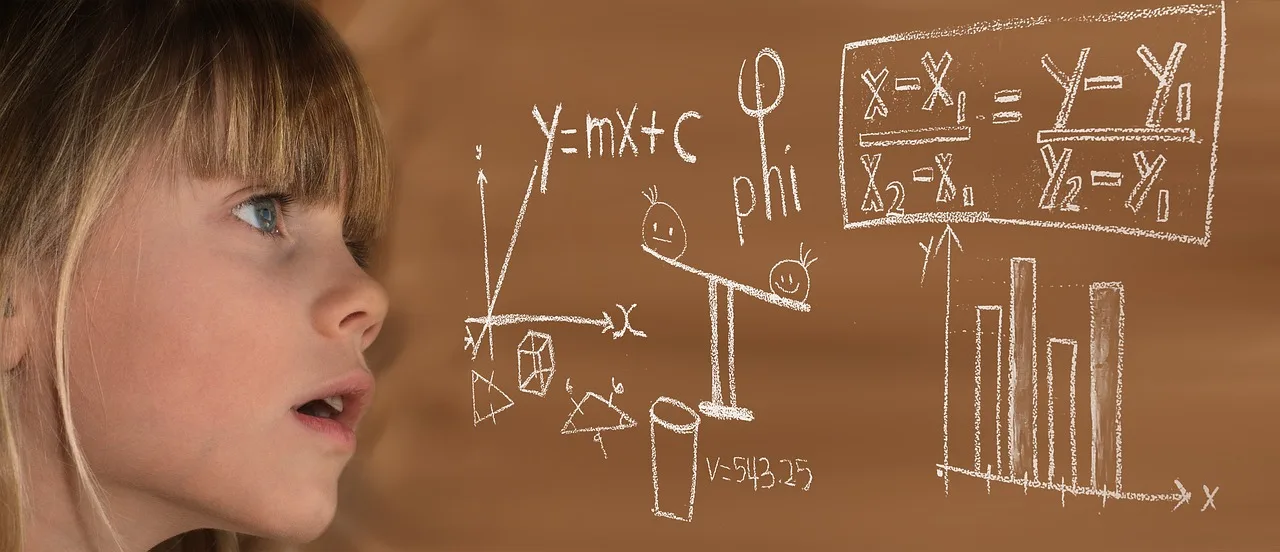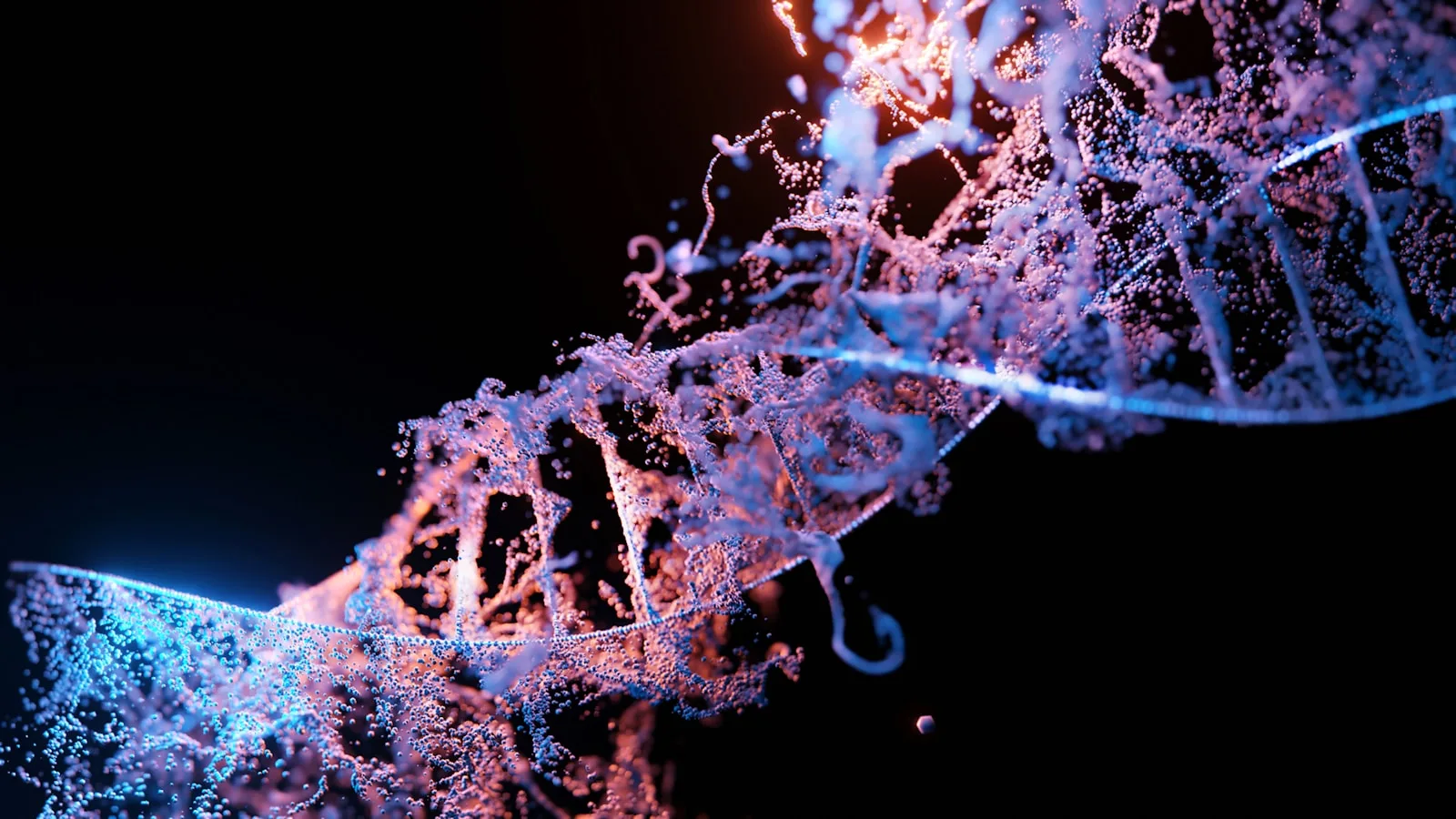Table of Contents
Researchers Find “Pure Math” Embedded in Evolutionary Genetics
For mathematicians, math is beautiful in a way that most of us do not see. However, nature is a beautiful place where one can witness beauty resulting from mathematical correlations.
If we can recognize them, the seemingly limitless patterns found in the natural world are supported by numbers.
Fortunately for us, a disorganized group of scientists has recently discovered another amazing relationship between mathematics and the natural world: number theory, one of the purest branches of mathematics, and genetics, the principles controlling the evolution of life on a molecular level.
Despite its abstract nature, number theory is perhaps one of the more accessible areas of mathematics for most of us. It includes the arithmetic operations of addition, subtraction, division, and multiplication of integers, or whole numbers, and their inverses.
One well-known example of a sequence where each number is the sum of the two numbers before it is the Fibonacci sequence. Its patterns can be seen in sunflower seeds, pineapples, and pinecones, among other natural objects.

Senior author Ard Louis of Oxford University says, “The beauty of number theory lies not only in the abstract relationships it uncovers between integers, but also in the deep mathematical structures it illuminates in our natural world.”
The genetic mistakes known as mutations, which gradually seep into an organism’s DNA and propel evolution, piqued the curiosity of Louis and his colleagues.
While certain mutations result in unexpected benefits or diseases due to single-letter changes in the DNA sequence, other mutations may not affect an organism’s phenotype—its outward characteristics—in any noticeable way.
The latter are frequently called neutral mutations, and while they don’t seem to affect anything, they are signs of evolution in action. Over time, mutations accumulate steadily and map the genetic links among creatures as they gradually diverge from a common ancestor.
However, in order to maintain their distinctive phenotype, organisms must be able to withstand some mutations while the genetic lottery continues to produce potentially favorable replacements.
Genetic diversity is produced by this so-called mutational resilience, which differs among species and is even seen in the proteins found inside cells.
Sixty-six percent of mutations are harmless and have no influence on the final structure of the studied proteins, which can withstand about two-thirds of random errors in their coding sequences.
“We have known for some time that many biological systems exhibit remarkably high phenotype robustness, without which evolution would not be possible,” Louis says.
“But we didn’t know what the absolute maximal robustness possible would be, or if there even was a maximum.”

Louis and colleagues investigated the relationship between a genotype—a distinct genetic sequence that corresponds to a particular phenotype or trait—and short RNA structures and protein folding.
For proteins, the structure is encoded by piecing together the building pieces of the protein, which are spelled out in a brief DNA sequence.
RNA secondary structures, which are free-floating strands of genetic code that aid in the construction of proteins, are smaller than proteins.
Louis and associates conducted numerical simulations to calculate the likelihood that nature would come close to the upper bounds of mutational robustness.
They demonstrated that it was possible to optimize mutational robustness in naturally occurring proteins and RNA structures by examining the abstract mathematical properties of how many genetic variations translate to a given phenotype without altering it.
Furthermore, the maximal robustness was proportional to the sum-of-digits fraction, a fundamental idea in number theory, and followed a self-repeating fractal pattern known as a Blancmange curve.
According to Vaibhav Mohanty of Harvard Medical School, “we found clear evidence in the mapping from sequences to RNA secondary structures that nature in some cases achieves the exact maximum robustness bound.”

“It’s as if biology knows about the fractal sums-of-digits function.”
Once more, math seems to be a fundamental aspect of nature that provides the physical universe order, even at the minuscule scale.
READ ALSO : Grow This Vibrant Flower To See American Goldfinches Build Their Nests In Your Yard
READ ALSO : A difficult equation caused public confusion: mathematics mistakes causes widespread misconceptions
READ ALSO : Scientists Discover ‘Pure Math’ Is Written Into Evolutionary Genetics (msn.com)


2 thoughts on “Researchers Find “Pure Math” Embedded in Evolutionary Genetics 2024”